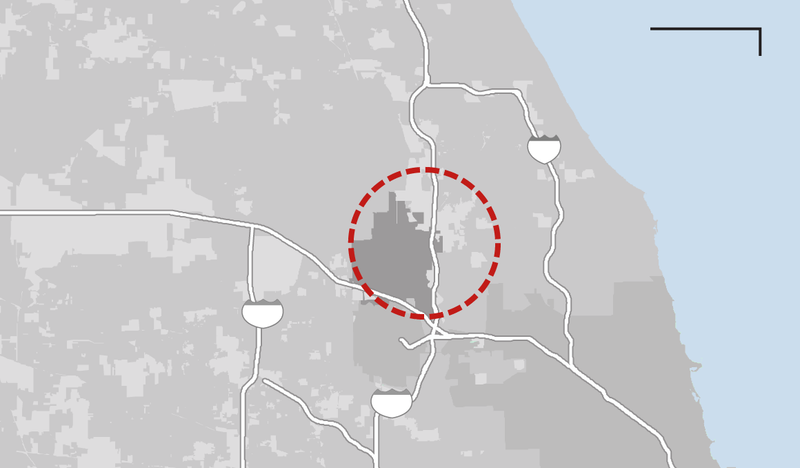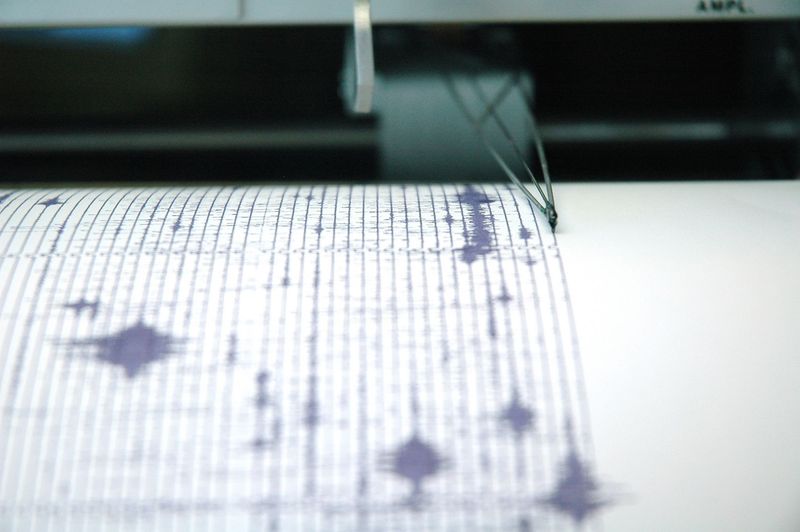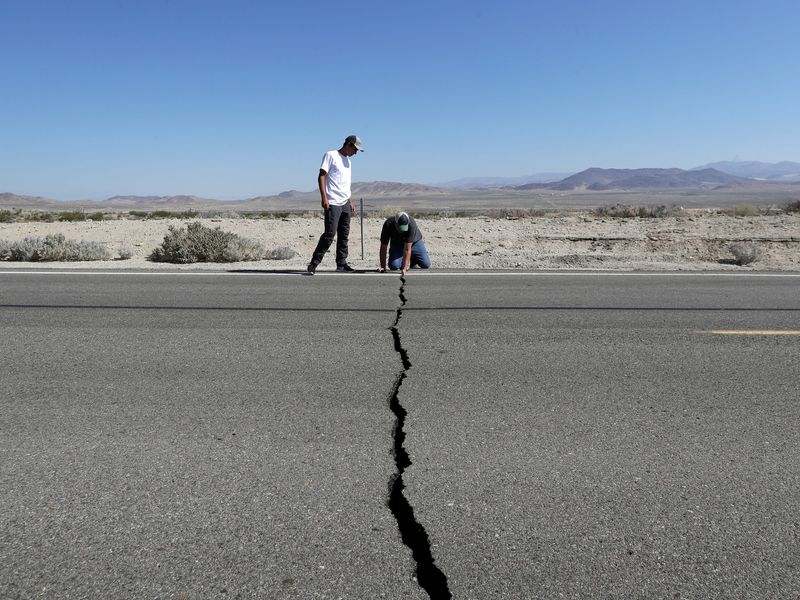While Chicago isn’t notorious for earthquakes, the ground beneath it holds secrets many residents overlook. From ancient fault lines to modern seismic monitoring, here’s a closer look at the lesser-known geological features under the Windy City.
1. Chicago’s Ancient Fault Lines
Chicago’s skyline might not shake often, but its foundations rest on several ancient faults. The Des Plaines Disturbance and the Sandwich Fault Zone are key players in this subterranean landscape. These faults formed millions of years ago, remnants of a turbulent past when continents collided. Although dormant today, these features intrigue geologists who study the Earth’s quiet secrets.
Unlike the infamous San Andreas Fault, these lines show no signs of activity. It’s a rock-solid assurance for those living above, as modern seismic activity is minimal. Their historical significance, however, remains substantial, offering insights into the geological history of North America.
2. New Madrid’s Distant Influence
Far from Chicago, the New Madrid Seismic Zone has a history of major quakes. Located in the central United States, its influence extends to Illinois, occasionally shaking the Windy City. In 1811 and 1812, this zone produced some of the largest earthquakes in U.S. history.
Although the epicenters lay hundreds of miles away, their tremors were felt as far as Chicago. The city’s infrastructure occasionally endures these distant echoes, reminding residents of the potential reach of seismic waves. This connection underscores the importance of regional seismic preparedness, even in areas not directly above active faults.
3. Notable Earthquakes Felt in Chicago
Despite being distant from major seismic zones, Chicago has felt its share of tremors. The most memorable was the 1968 Illinois earthquake, a 5.3-magnitude event that caused minor damage in the city. Chimneys toppled, and cracks appeared in foundations, serving as reminders of nature’s power.
More recently, in 2010, a 3.8-magnitude quake near Elgin gently rattled the city. These events, though uncommon, highlight that Chicago isn’t entirely immune to seismic activity. They prompt ongoing evaluations of building codes and emergency preparedness to ensure resilience against future shocks.
4. Subtle Cook County Faults
Beneath the urban sprawl of Chicago, the Cook County Faults weave an intricate tapestry. These subtle fractures, formed during ancient tectonic movements, present minimal seismic threat today. Their small displacements scarcely register on modern instruments, yet they contribute to the city’s geological narrative.
Geologists study these faults to understand past continental shifts. While inactive now, their presence enriches our knowledge of Earth’s dynamic processes. These underappreciated features highlight the complexities lurking beneath even the most developed landscapes, offering lessons about stability and change.
5. Seismic Safeguards in Architecture
Chicago’s skyline isn’t just a marvel of architecture; it’s a testament to engineering foresight. Buildings here are constructed with seismic resilience in mind, incorporating designs that withstand minor quakes. This forward-thinking approach ensures that infrastructure remains sturdy, even when distant tremors reach the city.
Skyscrapers feature reinforced frameworks and flexible materials, designed to absorb and dissipate seismic energy. While the threat is low, the commitment to safety reflects an understanding of geological uncertainties. These innovations symbolize confidence in Chicago’s structural integrity, reassuring both residents and visitors alike.
6. Continuous Seismic Monitoring
Behind the scenes, scientists keep a vigilant watch on Chicago’s underground activity. Seismographs scattered across Illinois capture even the slightest ground movements. This data is invaluable, helping researchers refine models of regional geology and predict potential impacts.
These instruments play a crucial role in early warning systems, offering insights into the behavior of the bedrock beneath the Midwest. Continuous monitoring ensures that Chicago remains informed and prepared, even when the Earth whispers rather than roars. This scientific vigilance underscores the importance of proactive observation in maintaining urban safety.
7. Misleading Media: New Fault Line Claims
Recent headlines touting a “newly discovered fault” under Chicago have sparked curiosity and concern. However, these claims lack validation from authoritative geological sources. No recent studies have confirmed the existence of a new active fault in the area.
Such stories often arise from misunderstandings or misinterpretations of ongoing geological research. While technology continues to refine our maps and understanding, the truth remains: Chicago’s seismic profile hasn’t changed dramatically. It’s a reminder to approach sensational claims with skepticism, valuing peer-reviewed science over sensationalism.











